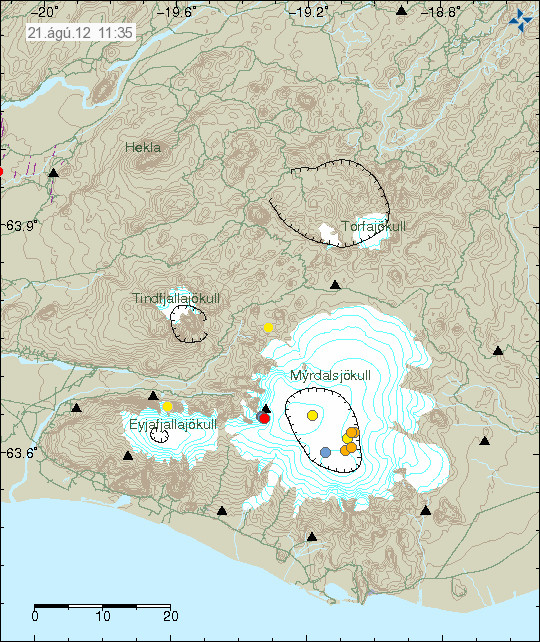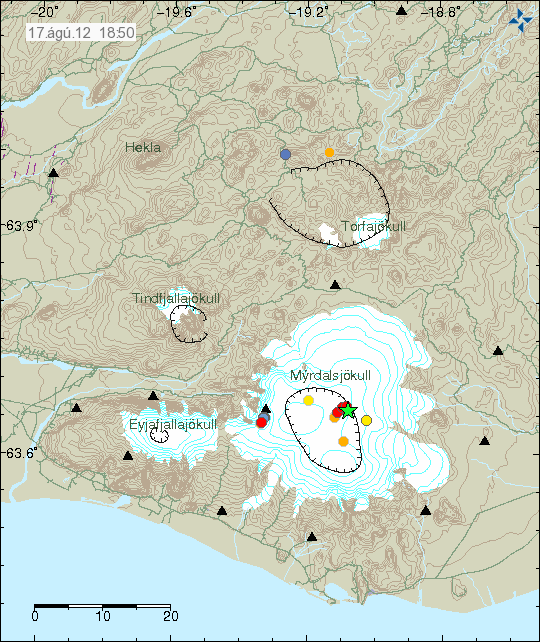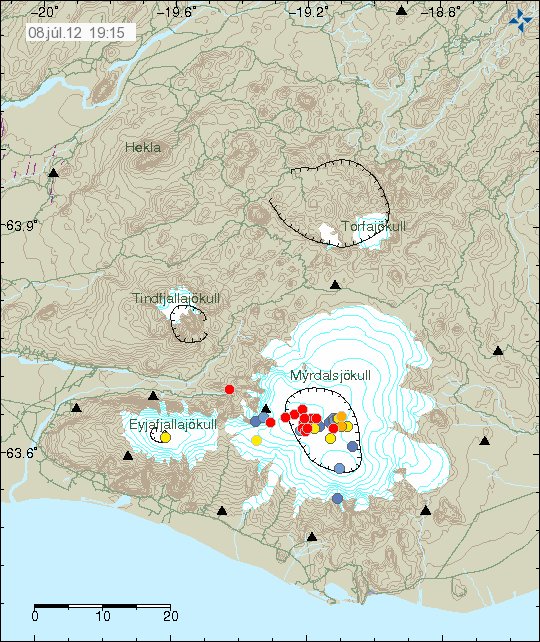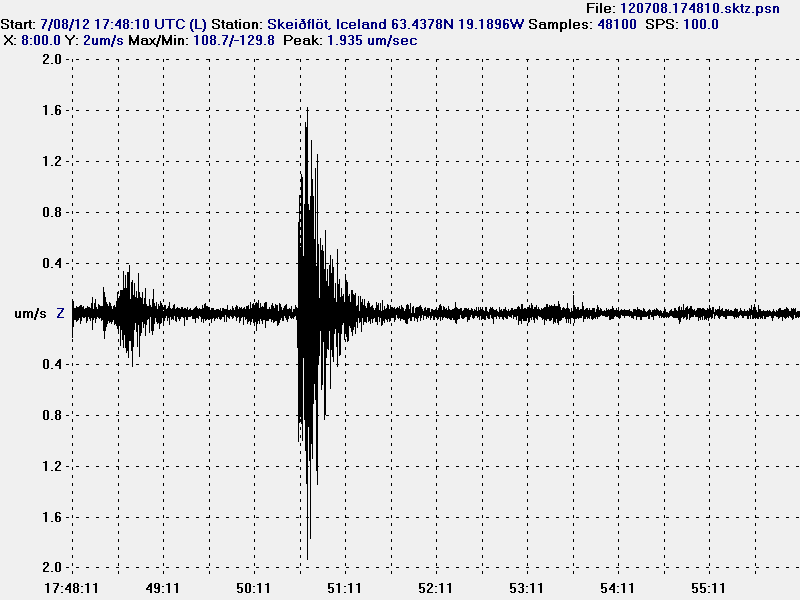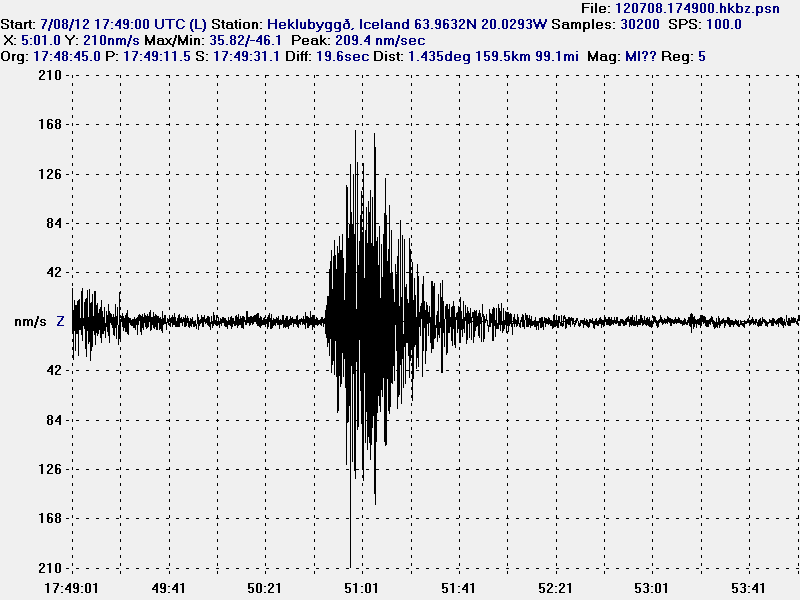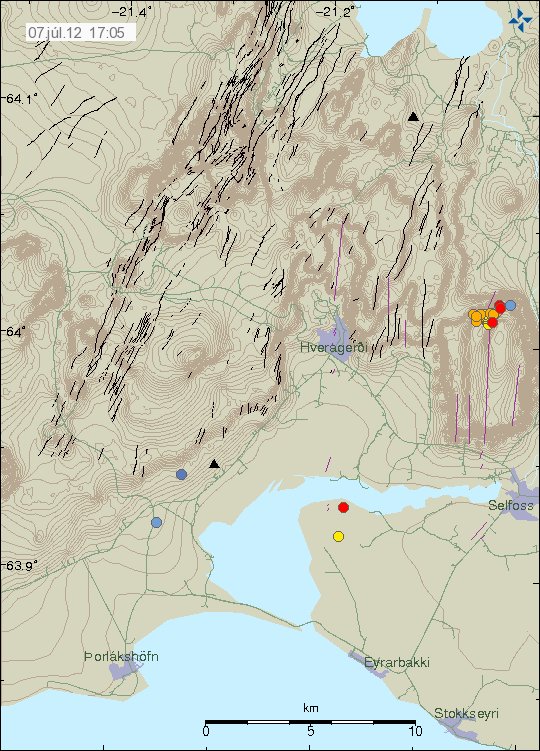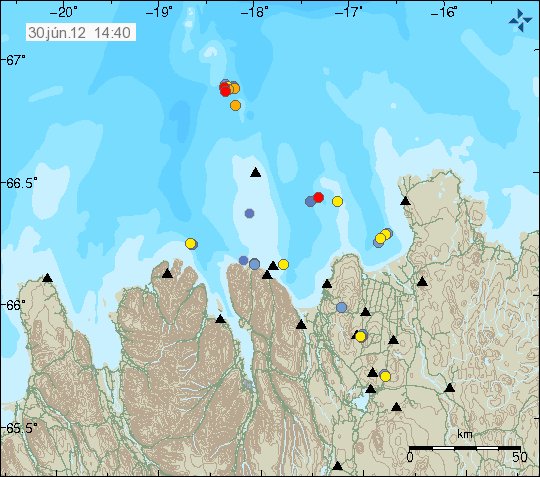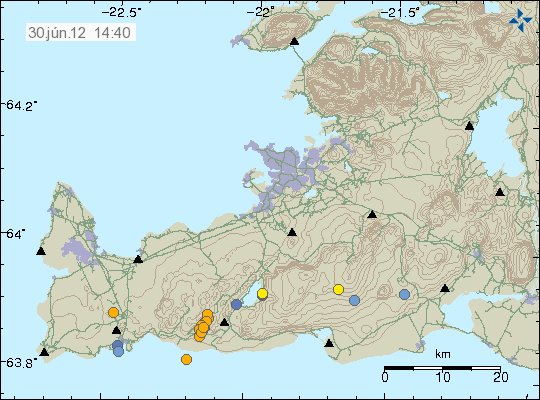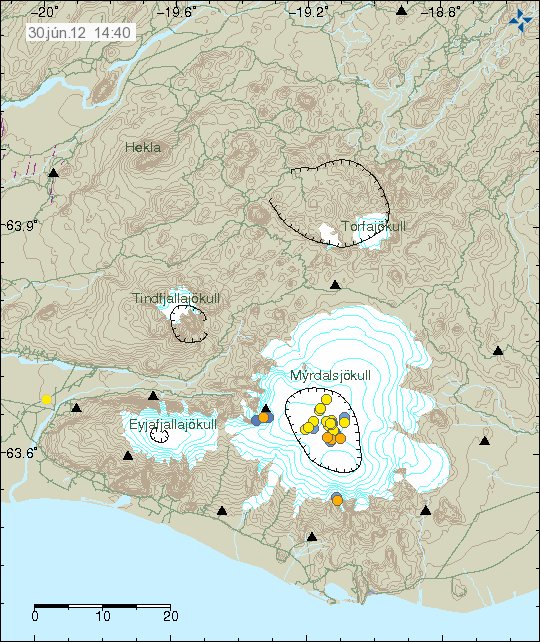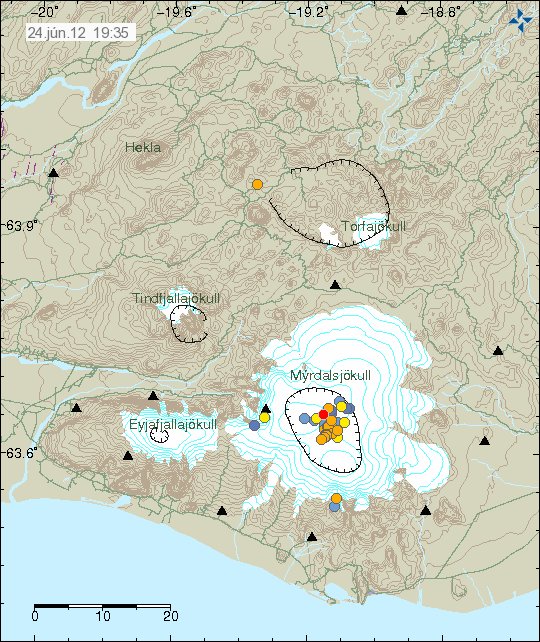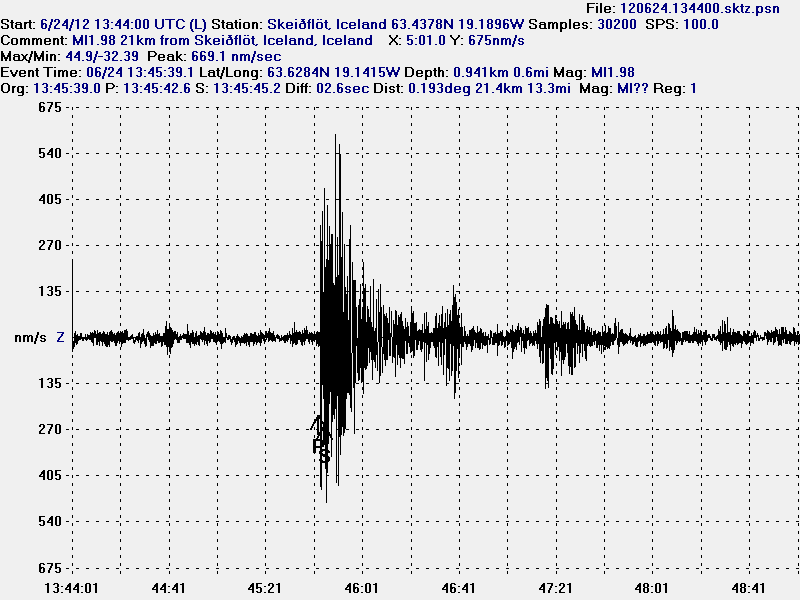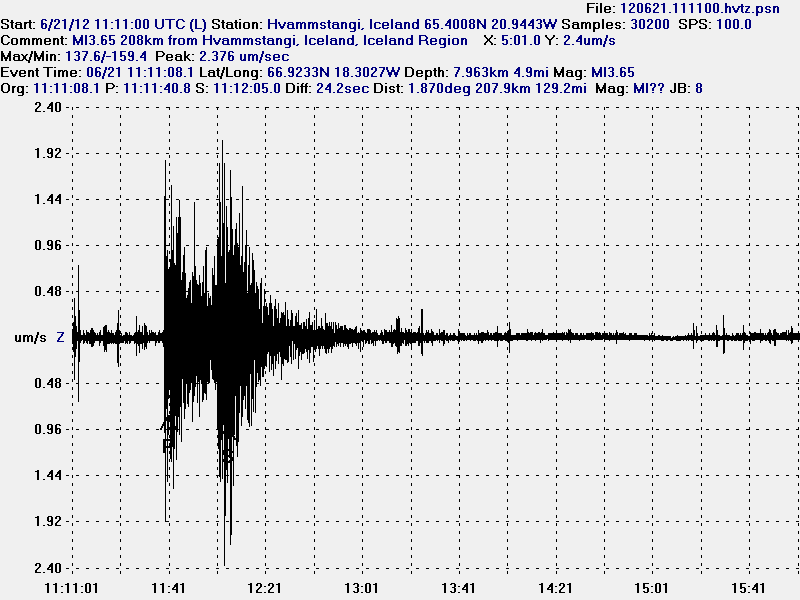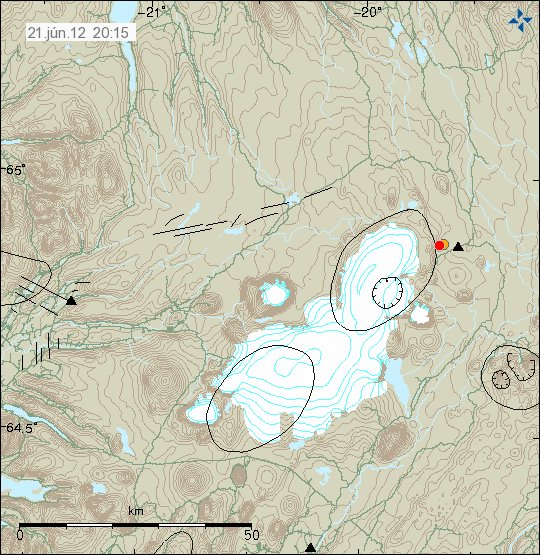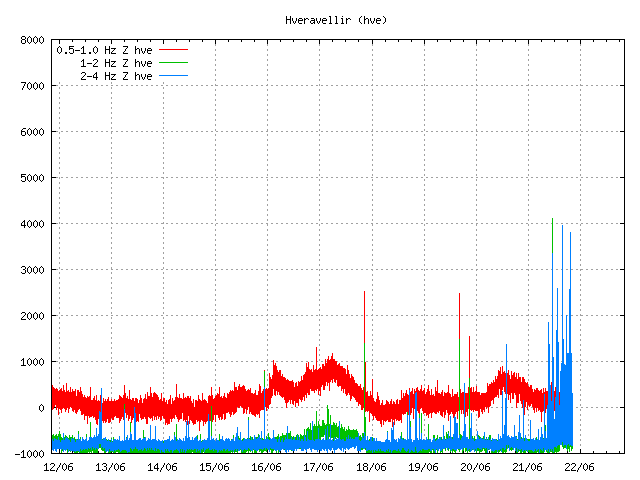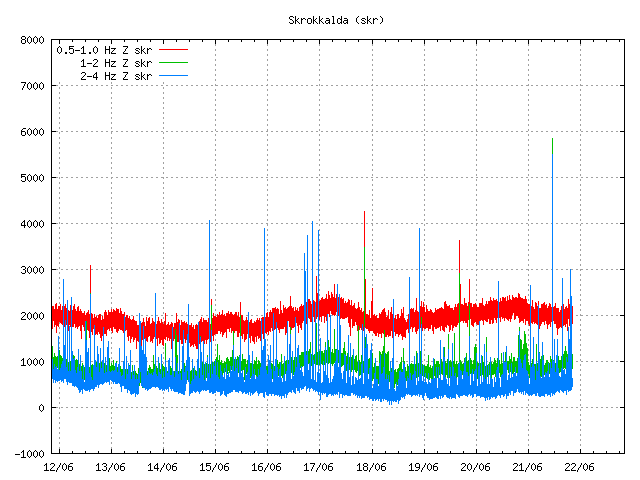Here is a short blog post about the geology and the features of Katla volcano. This article is based on science and my knowledge of Katla volcano. It might not be error free and up to date. But I do my best in that regards. But as I cannot afford to buy published or subscribe to web pages that publish science articles about volcanoes in Iceland. I do my best with what I can get for free online (that is often some amount of articles). So my information might be outdated, or might have been replaced by new research that I might not know about. But I use peer-reviewed articles when they are available to me.
Evolution of Katla volcano
Katla volcano is an caldera volcano. It formed in the classic way the caldera forms. The formation of Katla volcano took place around before Holocene, but the data that is available in sediments around Katla volcano only go far as ~8400 years. So it is unknown when Katla volcano formed. Instead of water. Katla caldera has glacier that is from 300 to 740 meters thick where it is thickest. For comparison, Hofsjökull volcano glacier is around 650 meters thick where it is thickest (from what I have read, newer studies might have changed that assessment). The exact age of Katla volcano is currently unknown, but it has been suggested that it is of Pleistocene age (2.6 ma to 11,700 years). The shape and form of Katla volcano during this time period is also unknown today. It is also believed that Eyjafjallajökull volcano is considerable older then Katla volcano. But Eyjafjallajökull volcano is among Iceland oldest volcanoes. Being around 750000 years old according to studies into it.
Katla magma chamber and activity
Katla magma chamber goes trough evolutionary changes every 4000 to 6000 years according to estimates and data gathered by scientists. In the past 12000 years, since last ice age it has gone trough that process twice. But this means current set of magma pluming inside Katla volcano is not going to last for more then few thousands of years at best. I do not know exactly what this changes in Katla volcano pluming mean in terms of eruption. But I find it most likely to be nothing in real terms. It has been noted with study into geological past of Katla volcano that it experiences period of high and low activity. Katla volcano has high and low in it’s eruption activity. Based on data from the past 12.000 years. Currently Katla volcano is having a low period activity. That means fewer eruptions with long quiet time between them. As has been the pattern for the past 1100 years or so. This is according to survey data on activity in Katla volcano for that time period. I do not know if changes in Katla volcano magma chamber influences this low and high period of volcano activity in Katla volcano.
Katla lava
Katla volcano erupts basalt lava normally. On extremely rare occasions Katla volcano erupts magma that is andesite in nature. But that is really rare occurrence in nature. I expect next eruption in Katla volcano to be basalt in nature. But no lava is going to flow due the glacier that is on top of Katla volcano. But that is going to create an ash cloud that is not so different from Grímsfjall volcano ash cloud seen in the May 2011 eruption. As the magma in the two volcanoes are mostly basalt in nature. But that maks for darker but also more large ash particle (less small ash particles). So the ash cloud is not going to create the same problem as Eyjafjallajökull volcano ash cloud did in the year 2010.
Reference articles
Katla volcano, Iceland: magma composition, dynamics and eruption frequency as recorded by Holocene tephra layers (2007)
Bergrún Arna Óladóttir & Olgeir Sigmarsson & Gudrun Larsen & Thor Thordarson

